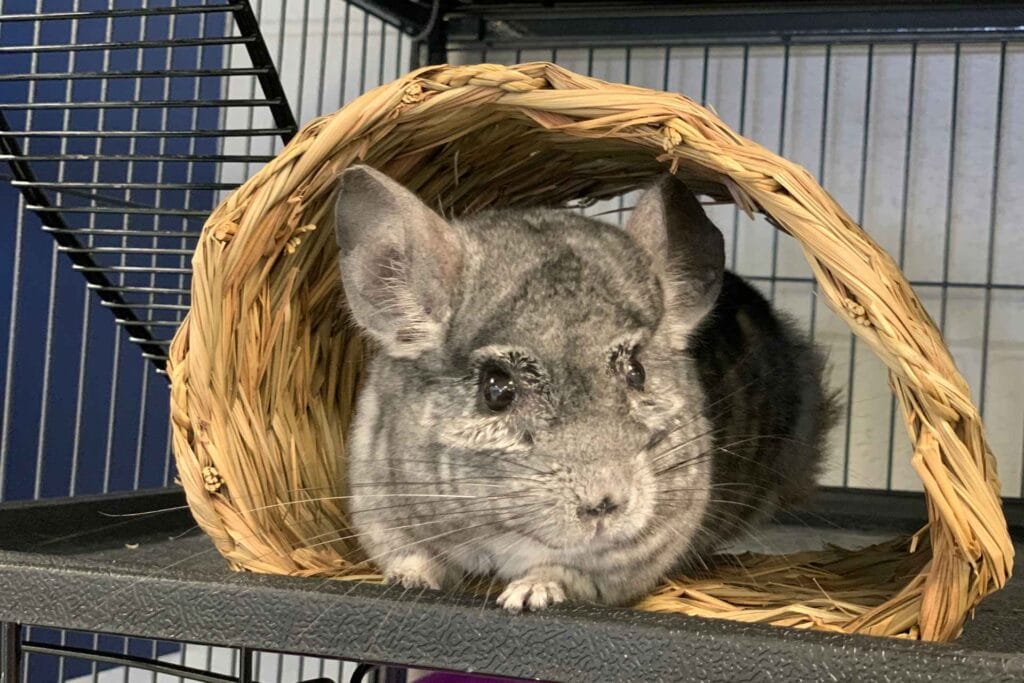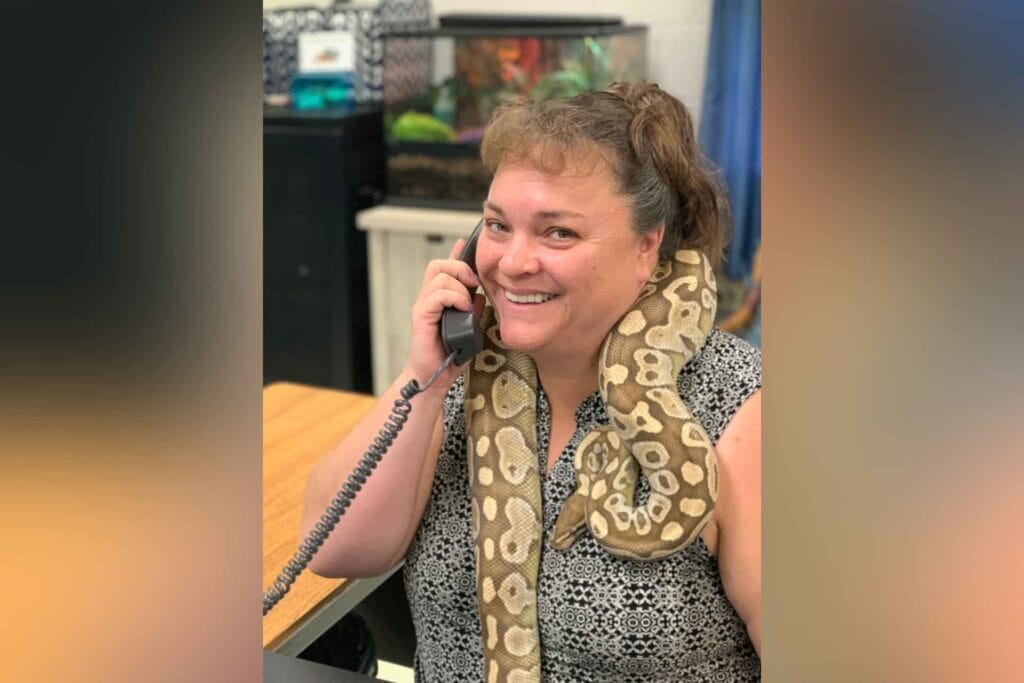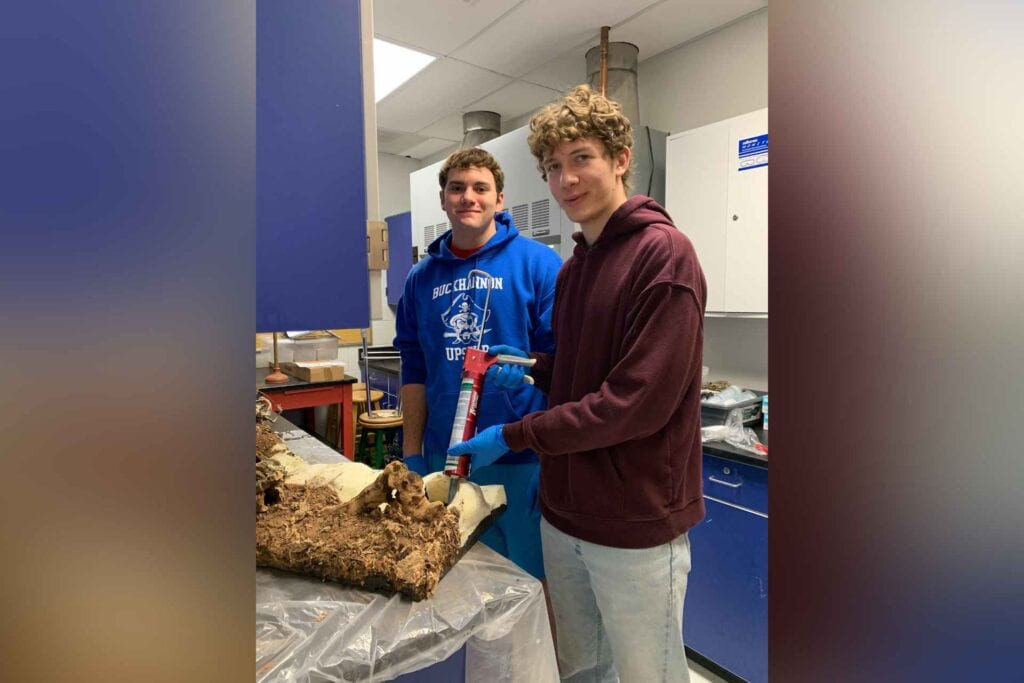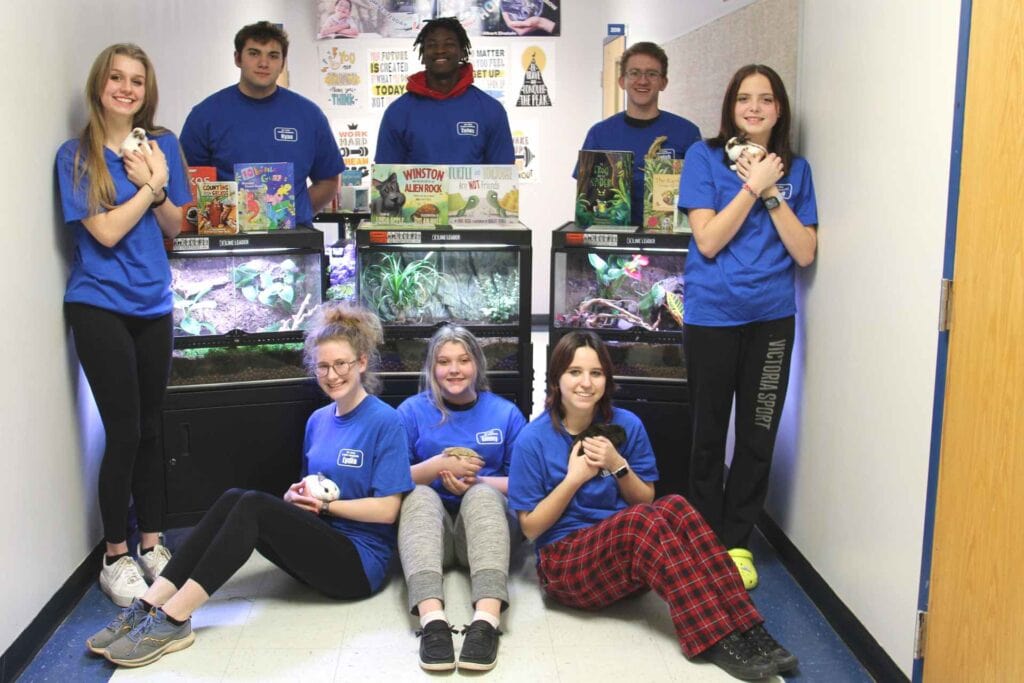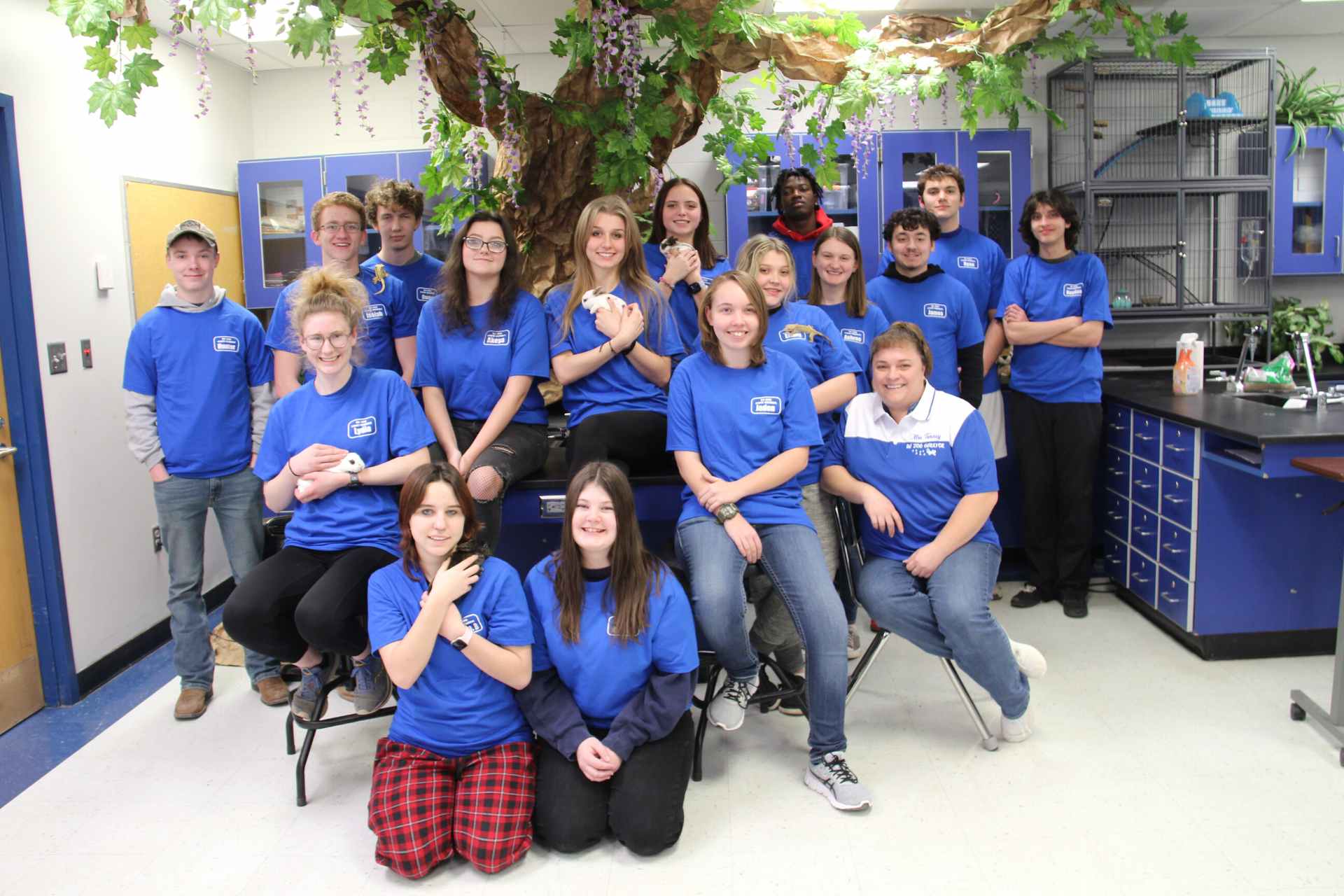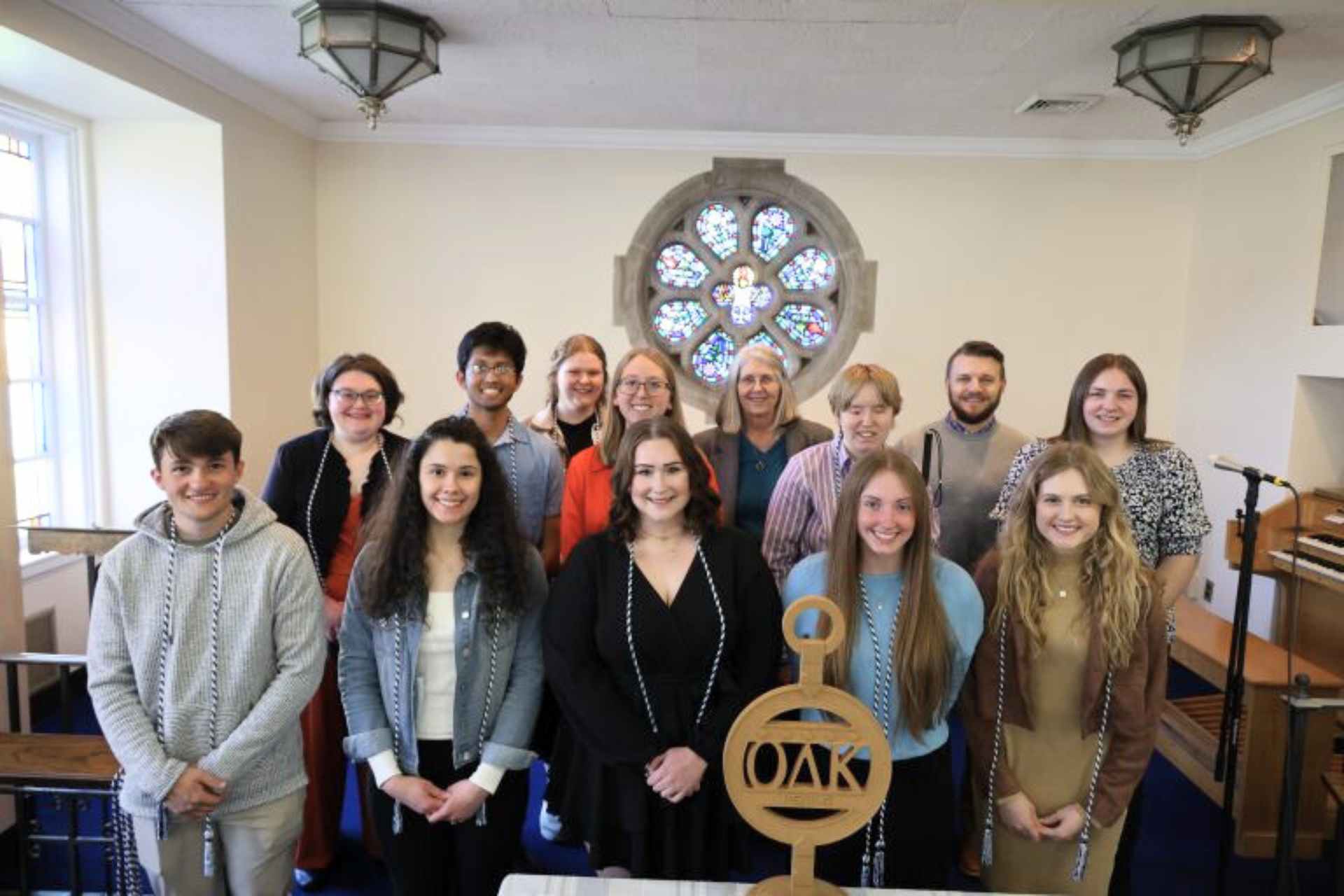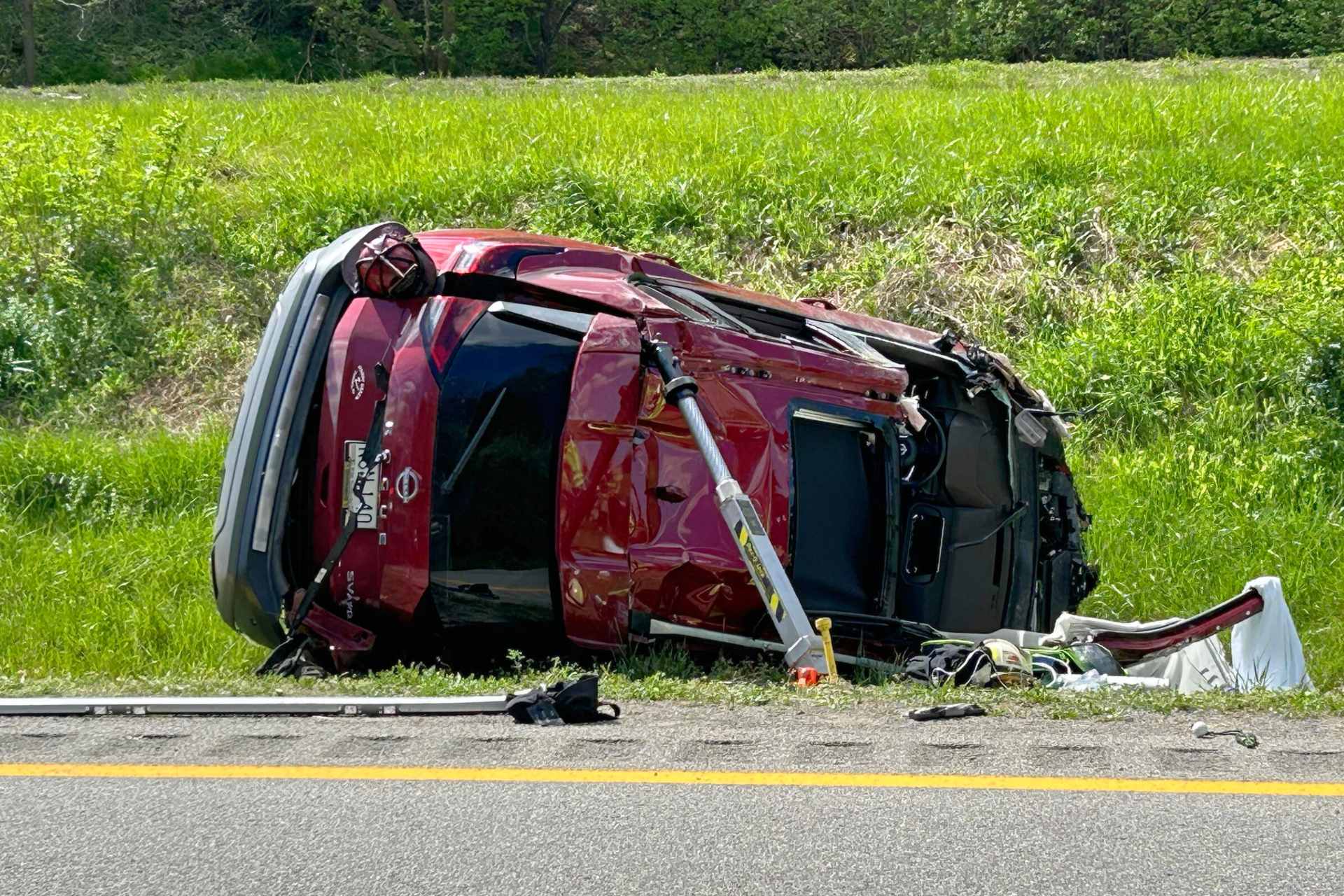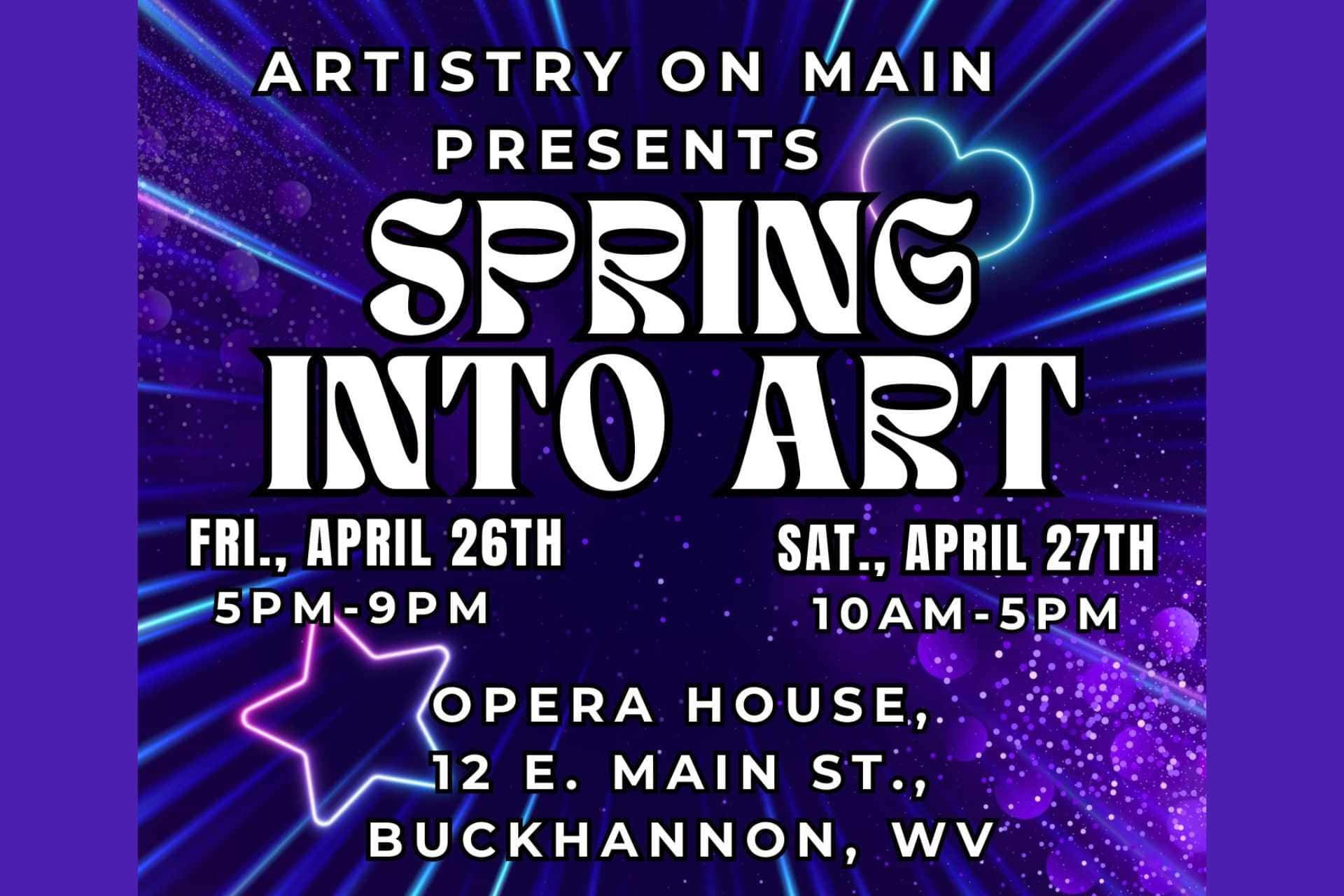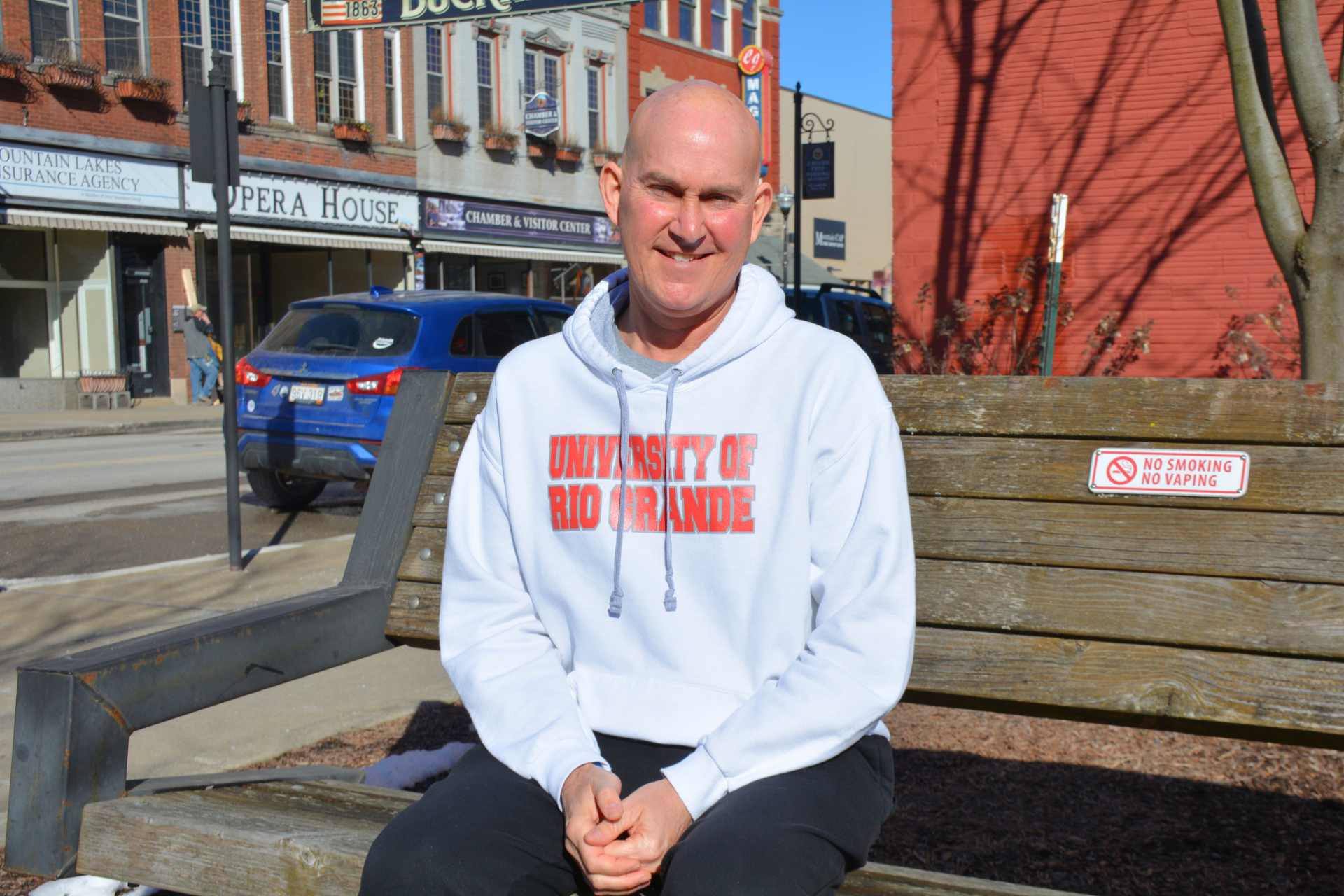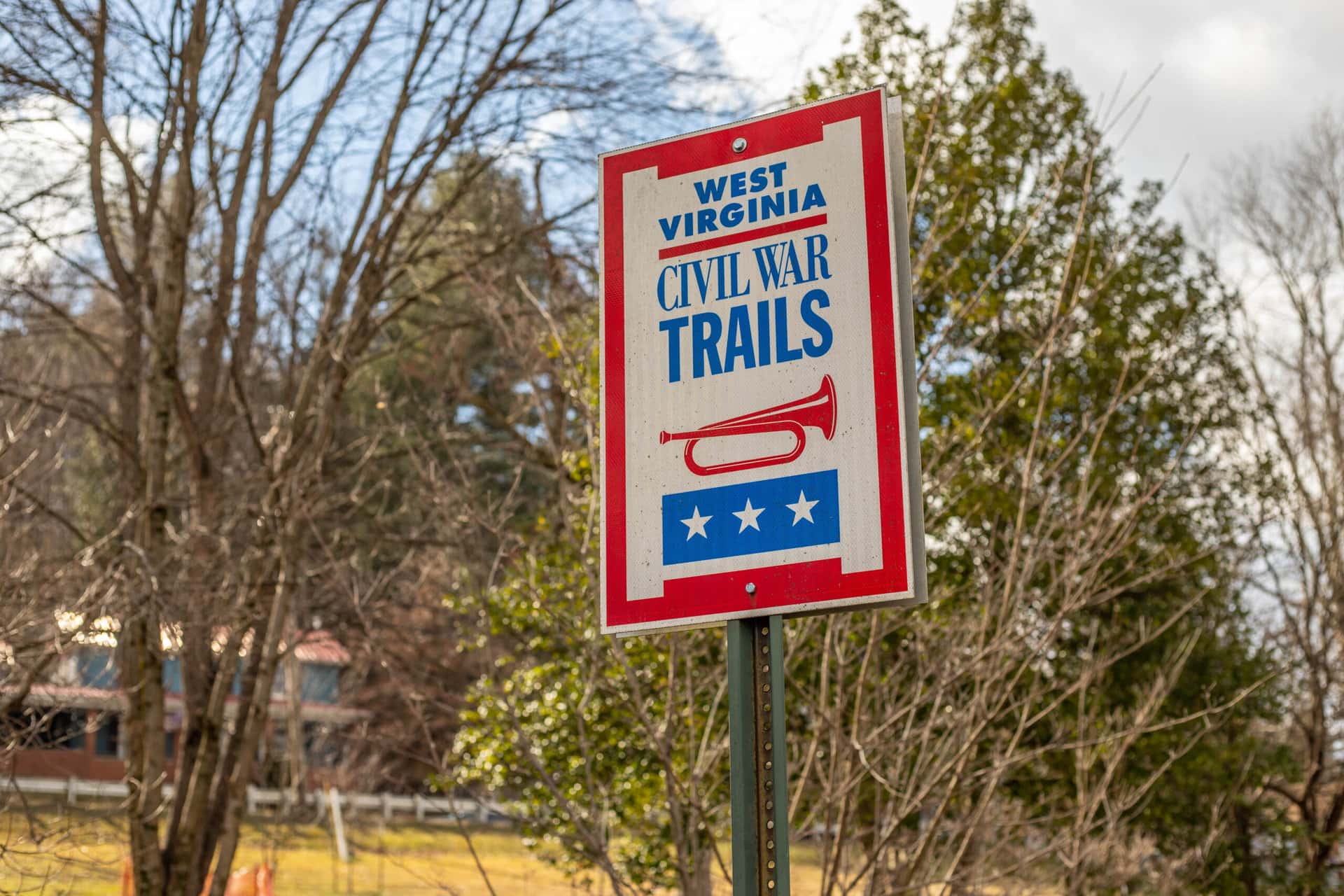BUCKHANNON – Did you know Buckhannon-Upshur High School is home to rex rabbits, crested geckos, a sulcata tortoise, a chinchilla, poison dart frogs and axolotls?
Bridgette Tenney, zoology and biology teacher at B-UHS, started the B-U Zoo about six years ago to teach both subjects directly to her students.
“Every animal that’s in the zoo has to also cover my goal to teach biology hands-on,” Tenney told My Buckhannon during a recent interview. “I think if it doesn’t mean anything to you, if it’s not meaningful, then you’re just reading a book and you don’t internalize it, so I started with rex bunnies because we breed them once a year and we do the genetics, the Punnett squares, and they have to learn the lineage of the parents and all of those traits.”
Project-based learning is subsequently utilized.
“Then, they do a project where they anticipate what the babies will be, then they don’t get to see the babies until their project is finished, which ensures they do their project,” Tenney said. “If they’re wrong, they have to go back to the drawing board and figure out what they did wrong.”
The zoo project began with the rabbits six years ago, and Tenney has been adding more species each year.
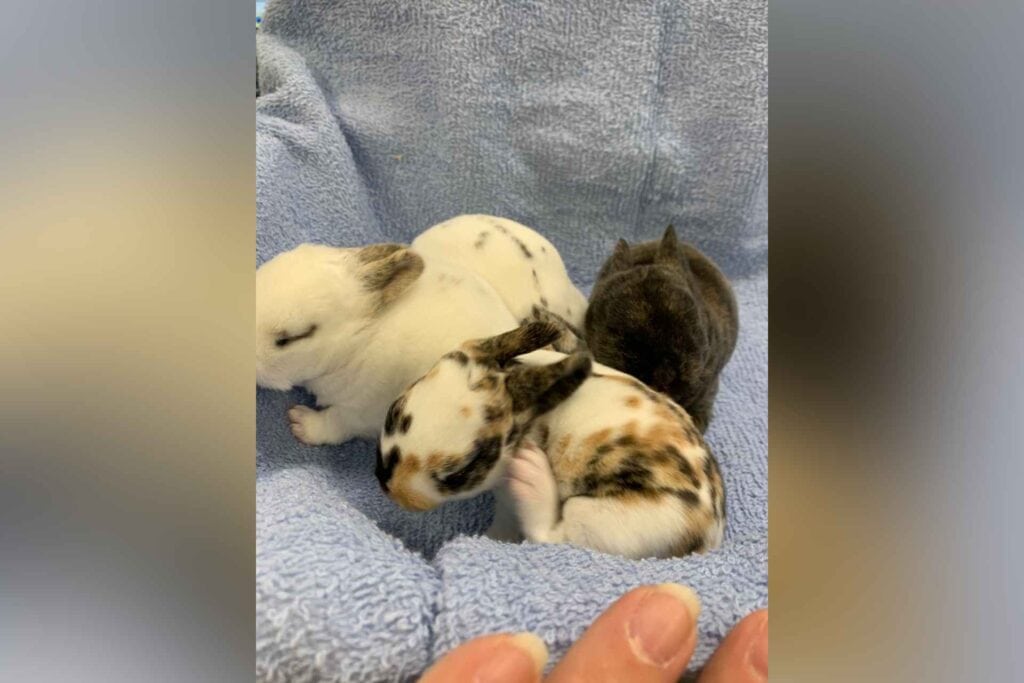
“I think the next thing was the axolotls; I like to introduce something to my students every year they may not know about, so they have to use student inquiry to learn about the environment, the habitat and the circumstances,” Tenney said. “I brought in tiny oxygen bottles that were about the length of my pinky nail. They look like tadpoles, so the kids thought they were tadpoles, but they just have gills, so they really don’t even have legs, and the kids had no idea what they were. I didn’t tell them, so they had to research what they were and what their needs were, and they had to build an aquarium or habitat that meets the animal’s needs.”
Axolotls are paedomorphic salamanders that can typically live in the mountain lakes of Mexico and the western U.S.. They ordinarily live and breed in the larval form without metamorphosing. At the B-U Zoo, the students helped raise the axolotls by determining the best food sources for them and creating an environment where they could thrive.
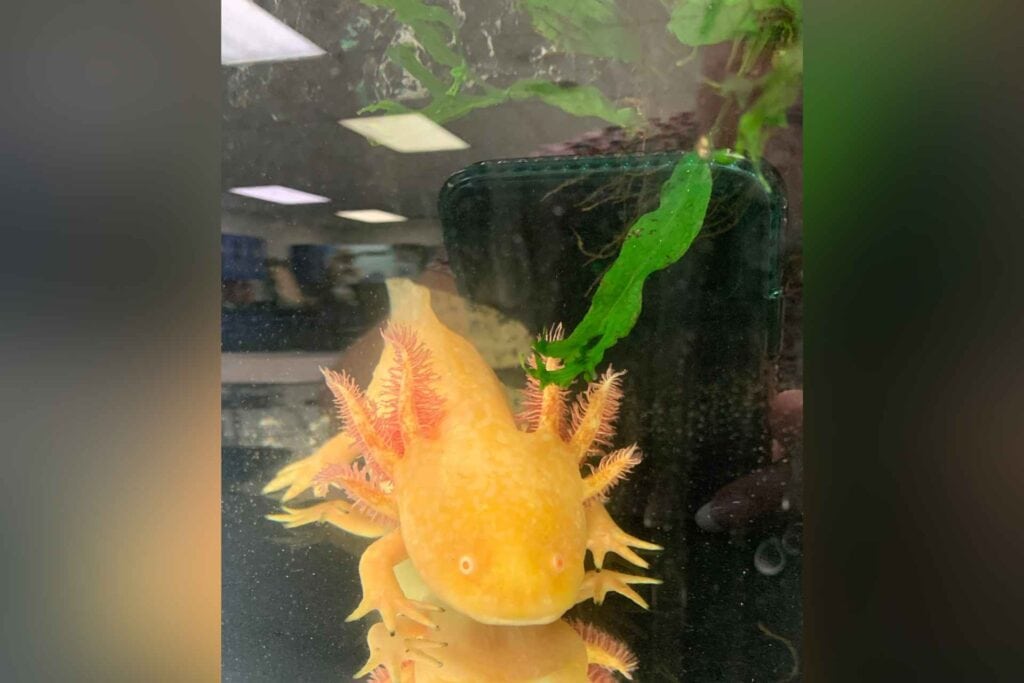
“They’re not allowed to use fake plants or substrate; they have to use what would be natural for those animals, so its life is on the line,” Tenney said. “They have to learn about the nitrogen cycle, the water cycle, the carbon cycle and all of those things to make its enclosure, so we did oxygen bottles and we raised them and now they’re about a foot long.”
The next animals to come to the B-U Zoo were the crested geckos.
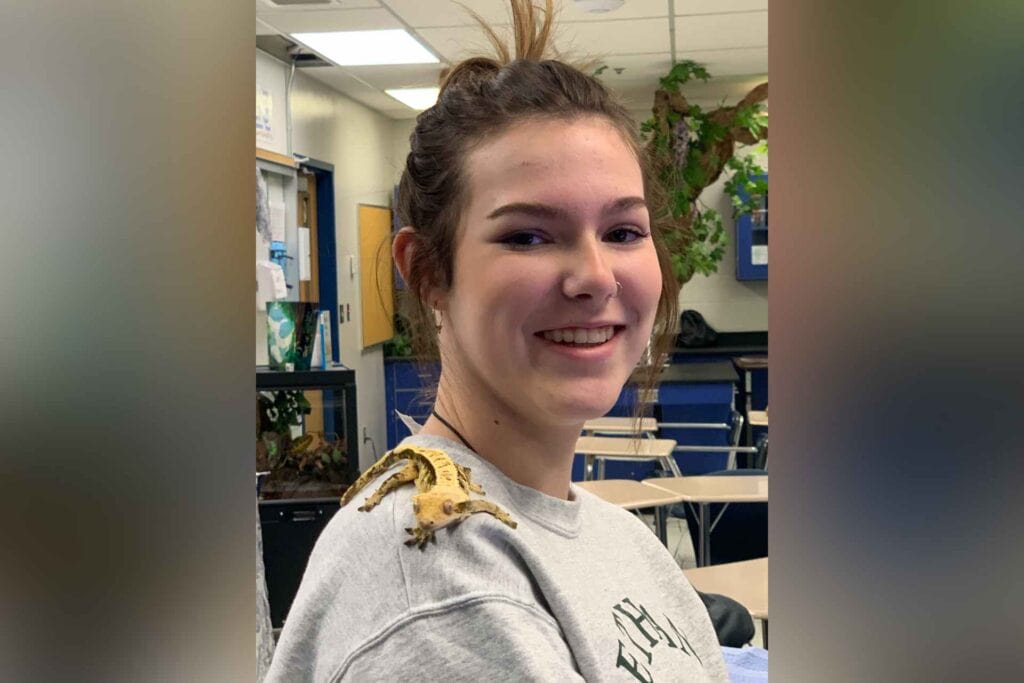
“I wanted to take embryology to another level, so we had a reptile incubator, and we were trying to think of something we could have that’s not easy because if you move a reptile egg, they don’t develop, so it’s not like a chicken egg; you can’t move it,” Tenney said. “The geckos were fairly easy to keep, but it turns out that we have had 14 babies now, but we have never seen an egg. The little guys bury the eggs in the substrate and then all of a sudden, babies show up.”
The sulcata tortoise hatched to an audience of students, with cameras in the incubator so the class could monitor the process in and outside of class.
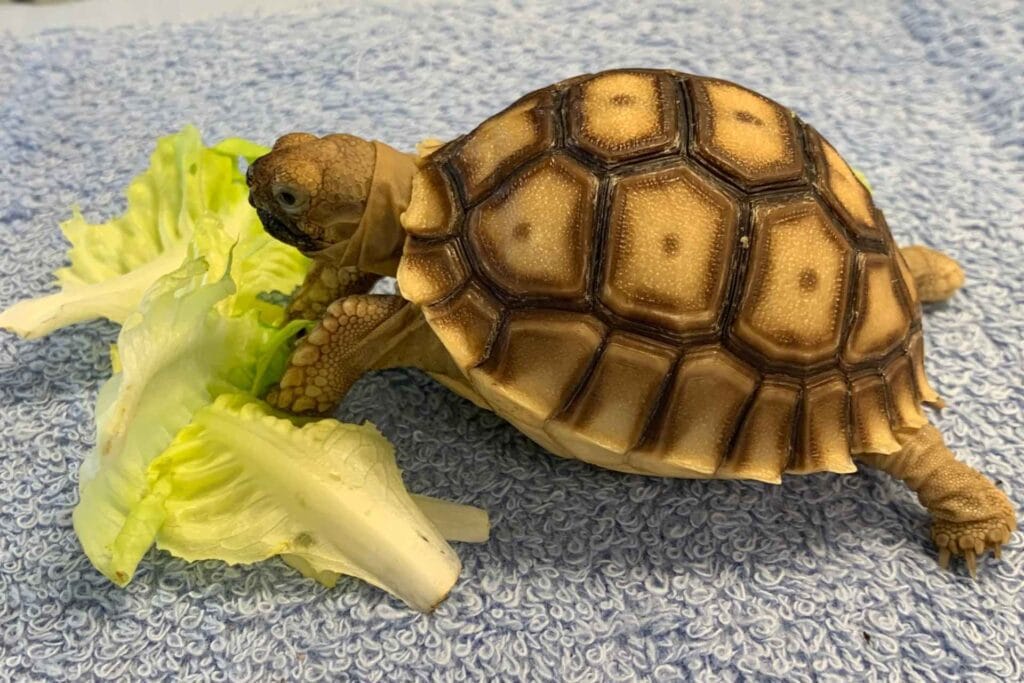
“Then we did chinchillas and we’ve been talking about fair trade, humane treatment of animals, biomes and more,” Tenney said. “We’re looking for a female chinchilla, but we don’t want it to be the same color as [our male chinchilla] because they would be hard to tell apart and we don’t really want that, so that’s on the back burner, but his name’s Titus.”
Tenney said the “newest craze” is the B-U Zoo’s first poison dart frog named Indigo, a representation of his bright coloring.
“I like to entice my children with the illusion of the poison, but really, they’re not poisonous in captivity because it’s in their diet, so when they’re in the jungle, they eat insects, which are poisonous,” Tenney said. “If I took our little baby to go to the jungle, in two weeks, he would be deadly poisonous, and then if I brought him home, he would have to detox for two weeks. We hatched Indigo, but we have just ordered a couple more.”
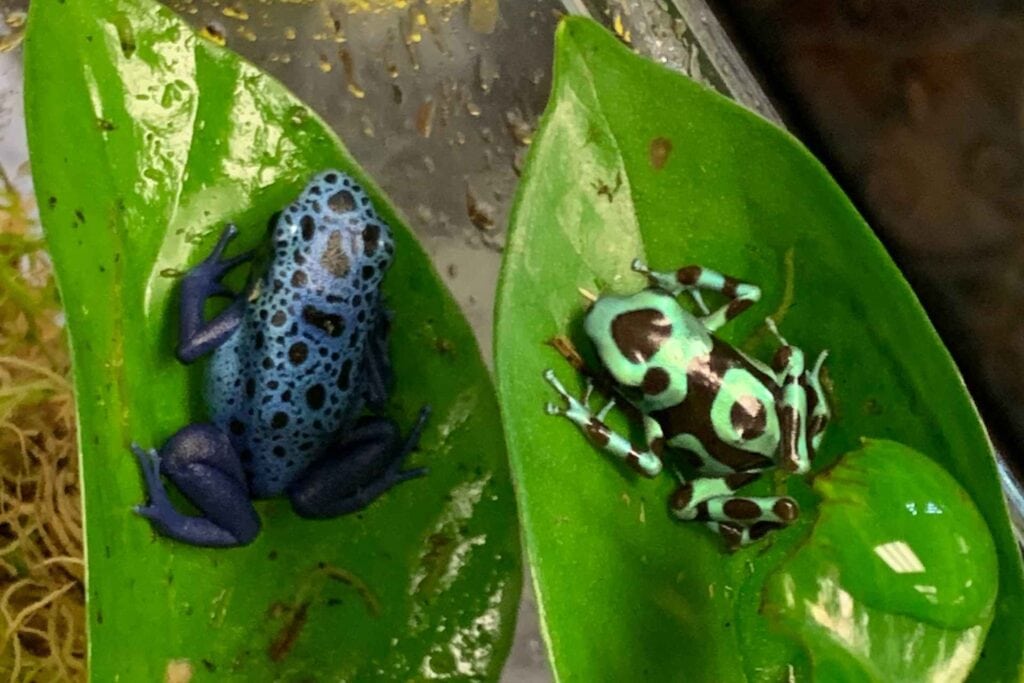
Recently, the B-U Zoo has received grant funding to make the zoo mobile and introduce the animals to students at local elementary schools.
“We started about two years ago collecting different species and making enclosures in the classroom and then last year, we wrote a grant through Weyerhaeuser to fund the carts and the mobile enclosures for the animals,” Tenney said. “The kids designed those carts and then we took the design to my husband and asked him if he could build them if we got the grant, so we did receive a $5,000 grant from Weyerhaeuser, which supplied the money for the mobile cart and adding one more species to our zoo.”
The carts will also carry educational material for each grade at the elementary schools.
“Each cart has children’s books, they have games, they have songs the kids have made up – they’re making song videos right now – they have craft books and a PowerPoint,” Tenney said.
The materials will be tailored to grade level, she said.
“Depending on which grade level they’re in, the upper-grade levels will get the PowerPoint, but the younger grade level will get the bunnies and have board games to play with the kids,” Tenney explained. “About six or five high school kids will go with each cart, so when the bunnies go to first grade, my kids will show them the bunnies and talk about the bunnies, but then they’ll sit down and break that elementary group into smaller groups and do games and crafts with them.”
Tenney plans to venture out to Washington District Elementary School in Tallmansville for their first visit in late February. The zoo also aims to acquire ball pythons next fall semester.
